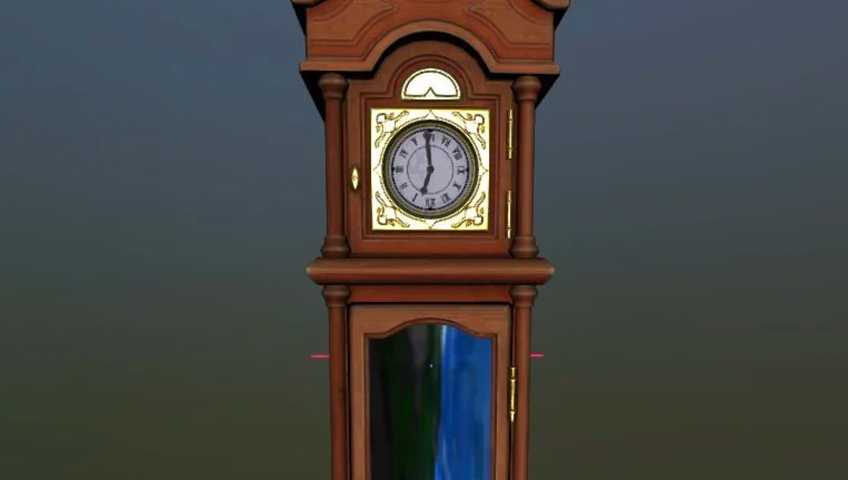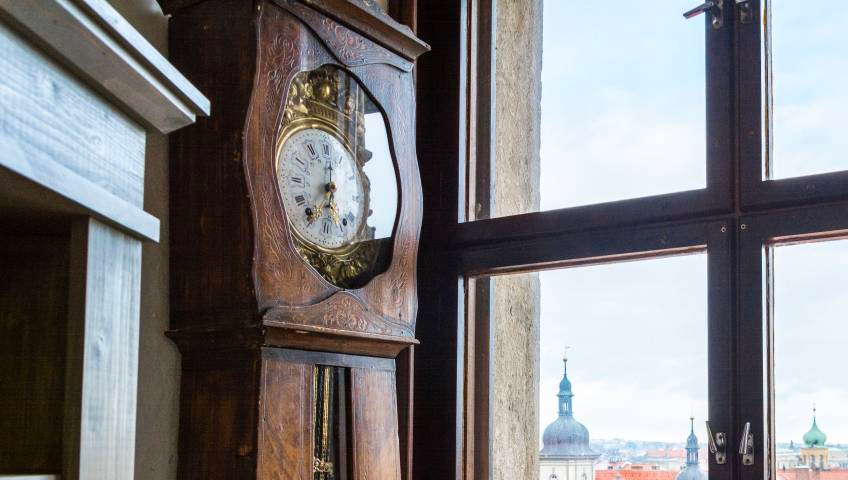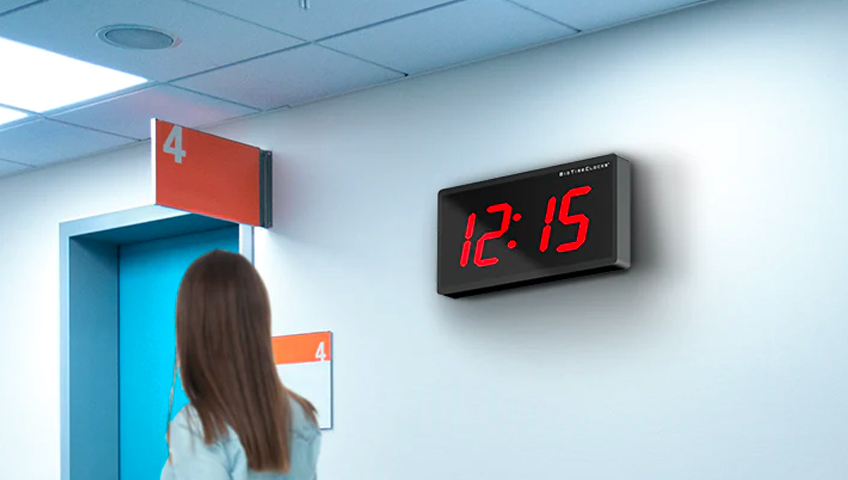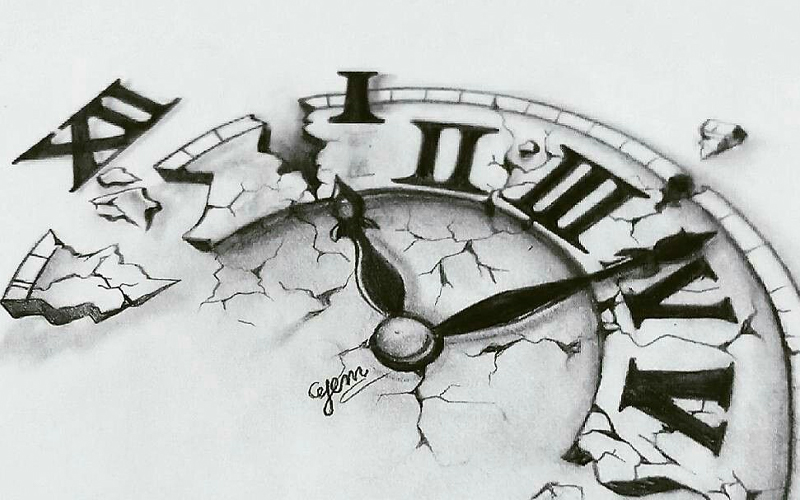Transporting and packing a grandfather clock requires careful disassembly, secure packaging, and proper handling to prevent damage during transit. Here are some tips to help you break down, transport, and pack a grandfather clock:
- 1. Assessment and Documentation:
- 2. Prepare Necessary Tools:
- 3. Remove Weights and Pendulum:
- 4. Remove Clock Face and Glass Panels:
- 5. Secure the Chime Hammers:
- 6. Secure Movement and Chains:
- 7. Label Components:
- 8. Protective Wrapping:
- 9. Select Appropriate Boxes:
- 10. Reinforce the Case:
- 11. Loading and Transport:
- 12. Unpacking and Reassembly:
- 13. Professional Assistance:
1. Assessment and Documentation:
- Document the Clock: Take photographs of the clock from different angles before disassembly. Note the arrangement of components and any delicate details.
- Inspect the Clock: Examine the clock for any existing damage, loose parts, or vulnerable components.
2. Prepare Necessary Tools:
- Tool Kit: Gather the tools needed for disassembly, including screwdrivers, pliers, and any specialty tools that may be required based on the clock’s design.
3. Remove Weights and Pendulum:
- Secure Weights: Ensure the weights are securely attached to the pulleys or chains. Remove them and pack them separately.
- Detach Pendulum: Carefully remove the pendulum and secure it for transport. Wrap it with bubble wrap or a soft cloth.
4. Remove Clock Face and Glass Panels:
- Open the Case: If applicable, open the case to access the clock face.
- Remove Glass Panels: Take off any glass panels covering the clock face. Wrap them individually with protective materials.
5. Secure the Chime Hammers:
- If your clock has chimes, secure the hammers by tying them with soft material (e.g., cloth strips) to prevent damage during transport.
6. Secure Movement and Chains:
- Remove Movement: If possible, remove the clock movement. Secure it by wrapping it with bubble wrap or placing it in a padded box.
- Secure Chains: Ensure that the chains are secured or tied to prevent tangling.
7. Label Components:
- Label each component or package to indicate its position or role in the clock. This will make reassembly easier later.
8. Protective Wrapping:
- Wrap Individual Components: Use bubble wrap or moving blankets to wrap individual components securely. This includes the clock movement, weights, pendulum, and glass panels.
- Padding: Fill any empty spaces in the packing boxes with padding material to prevent components from shifting during transport.
9. Select Appropriate Boxes:
- Use sturdy and appropriately sized boxes for packing each component. Ensure that the boxes are reinforced and can withstand the weight of the clock parts.
10. Reinforce the Case:
- If the clock has a removable or hinged case, consider reinforcing it with additional padding or securing it with straps to prevent accidental opening during transport.
11. Loading and Transport:
- Loading Assistance: Enlist help when loading the clock into a vehicle. Make sure the clock is securely strapped in place to prevent movement during transit.
- Gentle Handling: Handle the boxes and components with care to avoid shocks or impacts.
12. Unpacking and Reassembly:
- Systematic Unpacking: Unpack and assemble the clock systematically, referring to your documentation and labels.
- Adjustment: Re-adjust the clock for accurate timekeeping and chime functionality if necessary.
13. Professional Assistance:
- If the clock is valuable or delicate, consider seeking professional assistance for disassembly, packing, and transport.
Remember, every grandfather clock is unique, so adapt these tips based on the specific design and features of your clock. If you are uncertain about the disassembly process, or if the clock has sentimental or monetary value, consulting with a professional clockmaker or restoration specialist is advisable.






